
The New York Times Reveals the Dangers of Radiation Therapy

The typical American receives seven times the radiation in medical tests today compared to three decades ago. While radiation is an important tool for treating cancer, accidents can cause serious injury, even death, and there is no national clearing house to track their frequency. Often, accidents go unreported. The New York Times reviewed hundreds of accident reports and tracked the case histories of two people who died from very painful radiation injuries. The newspaper found 133 instances in New York when devices used to regulate radiation doses were misused, and 284 occasions when the wrong body part was targeted—a patient with brain cancer got a breast-cancer treatment, for example. With high-tech machines, software errors can be difficult to detect, so a patient can receive too much again and again. Safety procedures are outdated, and sometimes manufacturers sell the devices before all the bugs have been detected.
The New Yorker Takes on the Death Penalty and Rick Perry
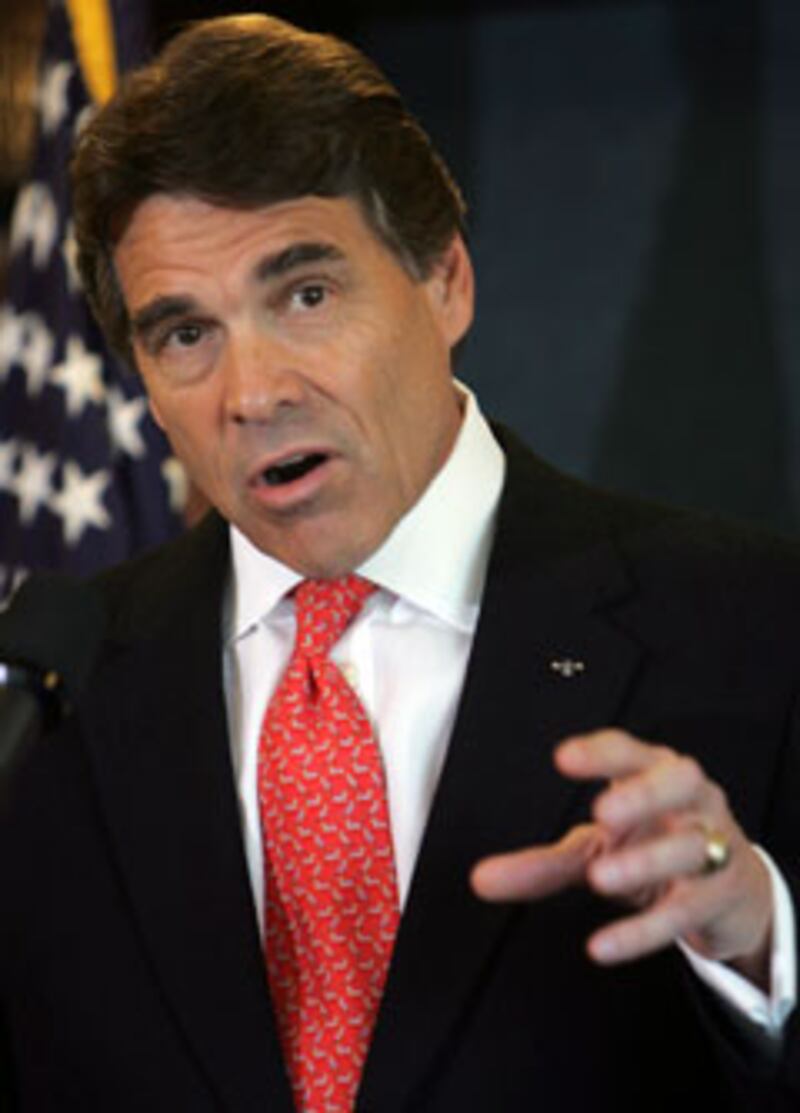
An in-depth 2009 article by David Grann laid out compelling evidence that a Texas man was executed for a crime he didn’t commit—murdering his three daughters by setting fire to his house—and put the spotlight on Gov. Rick Perry, who denied the man a three-day reprieve before his execution after a fire expert wrote “there is not a single item of physical evidence in this case which supports a finding of arson.” A Texas panel began looking into possible errors in the 1991 criminal investigation, but a month after The New Yorker story came out, Perry abruptly removed three members of the panel and appointed a conservative as its new chairman, suggesting the investigation had him spooked. Also, after the story came out, former Texas Gov. Mark White said he now opposes the death penalty.
ABC News’ Brian Ross Puts the Brakes on Toyota’s Faulty Cars

Recent testimony on Capitol Hill featured Toyota President Akio Toyoda taking personal responsibility for the automotive giant’s litany of problems, but ABC News’ Brian Ross blew the lid off the company’s runaway accelerators and faulty brakes last November. Ross and his colleagues found it odd that 2,000 reported incidents of cars accelerating up to 100 miles an hour were brushed off by Toyota as a case of floor mats getting jammed behind accelerator pedals. The news got worse when a highway patrol officer and three family members died while frantically trying to regain control of their accelerating Lexus. Since the ABC report, Toyota has been accused of withholding evidence of manufacturer defects, forced to recall millions of cars, and pushed to halt production on multiple models. Ross’ investigative reporting has certainly not gone unnoticed at Toyota’s camp: The brand’s dealers have pulled advertisements from ABC, citing “excessive stories on the Toyota issues” as the reason for the change.
The National Enquirer Exposes John Edwards
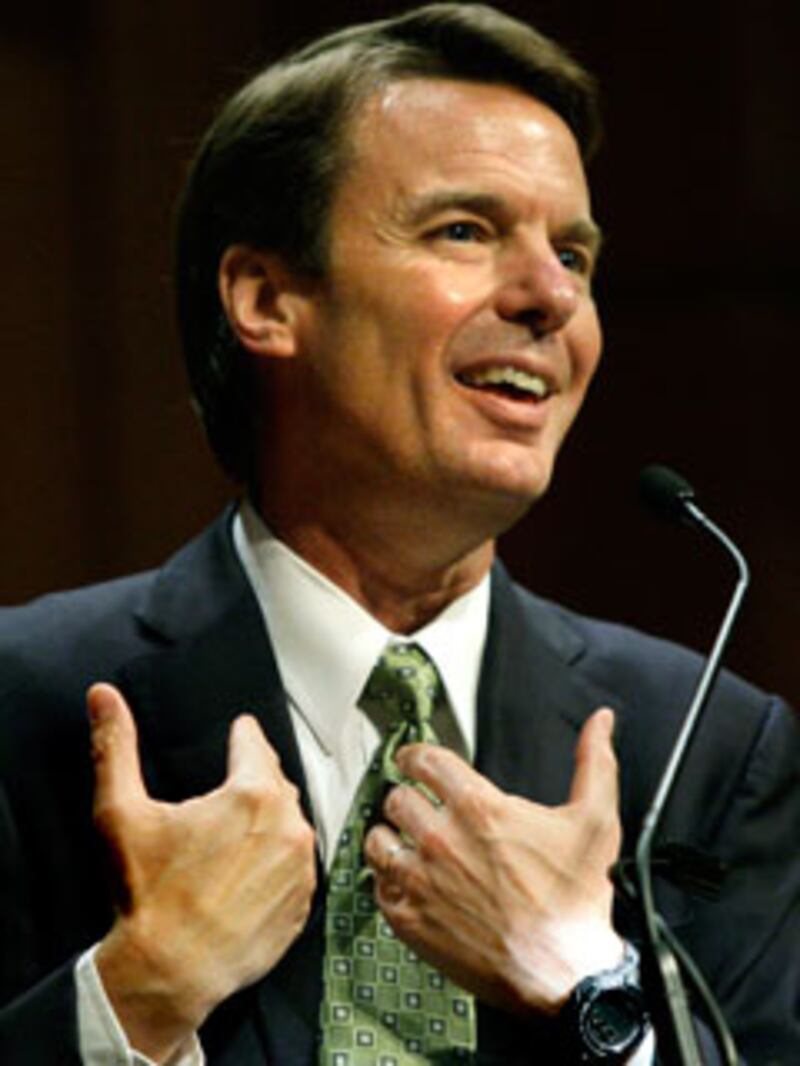
It is an odd world when the National Enquirer is up for the Pulitzer Prize, but indeed the times are a-changin'. It’s a now infamous story: charming Southern politician and presidential hopeful fathers a love child with a mistress while his wife of 30 years battles cancer. And he also allegedly filmed a sex tape somewhere between forcing his married aide to take the fall for him and running for president. The Enquirer reports took awhile to stick, but eventually the two-time presidential candidate confirmed that he had fathered a child with his former campaign videographer Rielle Hunter and that he and his wife, Elizabeth Edwards, were legally separated. Executive Editor Barry Levine entered the coverage into the running for a Pulitzer (which was initially rejected). Washington Post media critic Howard Kurtz noted that the mainstream was in a difficult spot: With few investigative reporters left and without budgets large enough for newsrooms to expend the type of energy (and cash payouts) on the story that the Enquirer was able to, the story was left to the tabloid.
Acorn Gets “Pimped”

James O’Keefe went from being no one to a pimp overnight… sort of. The “independent journalist” and 20-year-old Hannah Giles walked into Acorn offices and asked for help in avoiding paying taxes on income brought in by Giles (the “prostitute”) and O’Keefe’s (the “pimp”) other employees. The willingness of some Acorn staffers to assist O’Keefe was hailed by conservatives as proof of the evils associated with the organization, which was accused of instances of voter fraud in the 2008 election. Since then, however, O’Keefe's investigations have gone seriously awry: He was arrested last month for allegedly attempting to tap phones in Louisiana Senator Mary Landrieu’s office.
The New York Times Takes Out Two Governors
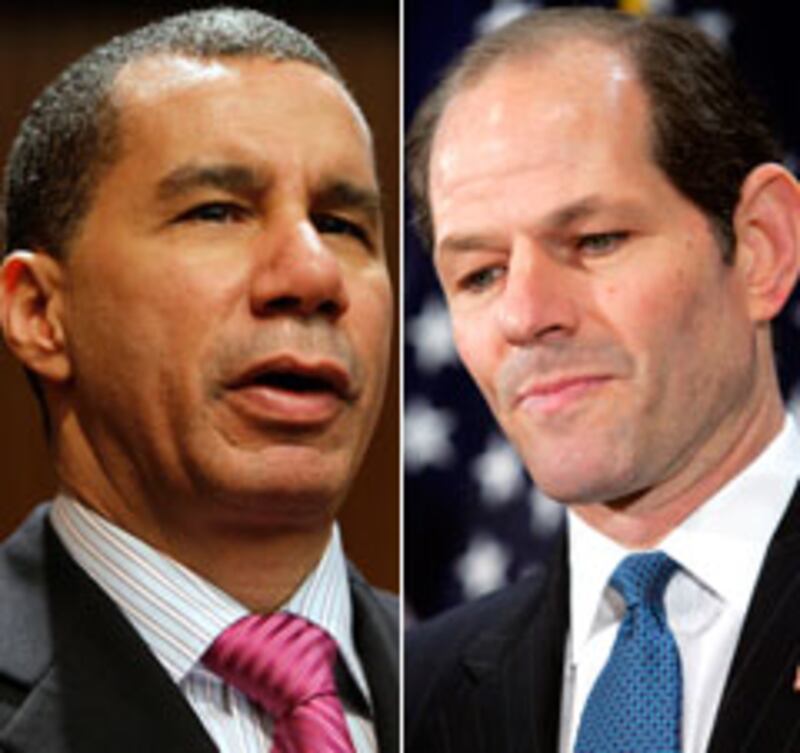
The paper’s 2008 bombshell report that Gov. Eliot Spitzer was, in his spare time, Client 9, ended his then-promising career. Last week, the Times took aim at the man who succeeded him, the embattled David Paterson. The Times’ first story about the governor disappointed. It described the meteoric rise of Paterson’s driver, who became a top aide and is linked to incidents of domestic violence—a far cry from rumors of a story so scandalous it would force the governor to resign. But the Times followed up with an article that broke the news that Paterson talked to the victim of his aide’s alleged domestic violence, and so did the state police, before her case was dismissed. Paterson quickly announced he would not be seeking reelection.
The Associated Press Discloses Geithner’s Phone Chats with Bank Chiefs
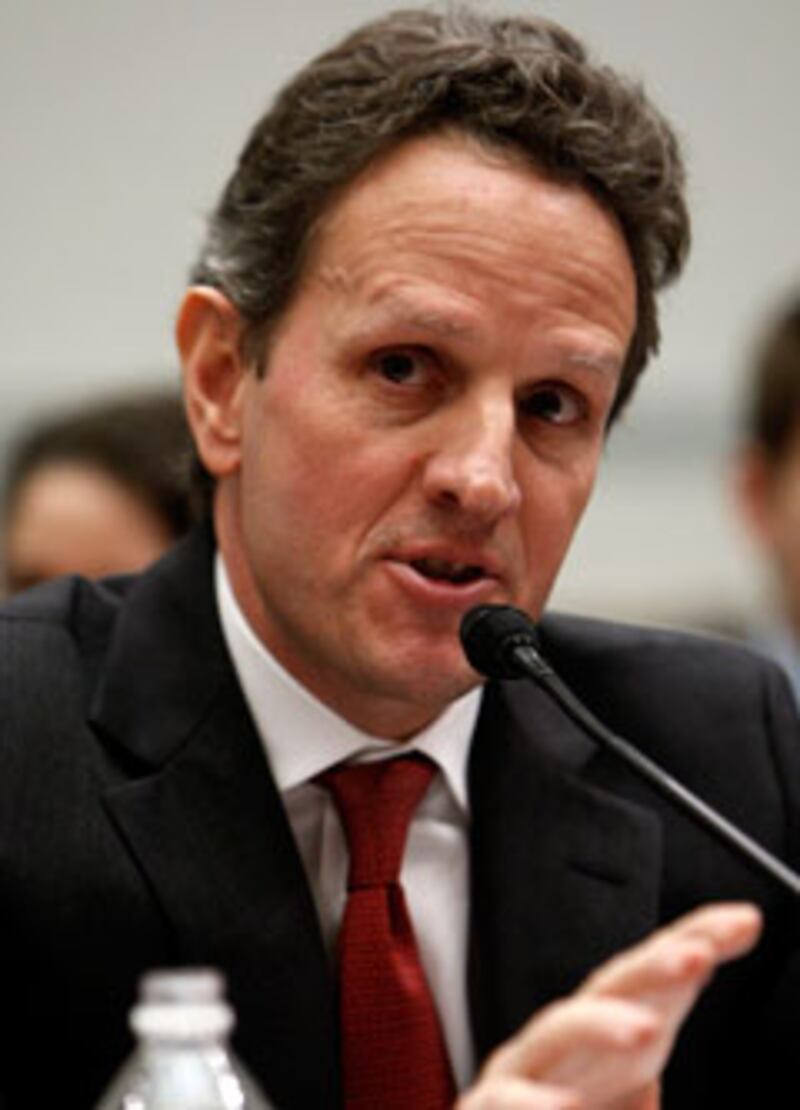
The wire service published a watershed piece in October under the headline, “Mr. Geithner, Wall Street Is on Line 1 (Again).” Reporters Daniel Wagner and Matt Apuzzo took it to the Treasury secretary for making time to “talk to a select group of powerful Wall Street bankers,” even “during his most frenzied days, when Congress is demanding answers or the president is calling.” After sifting through Geithner’s phone and calendar records (available through the Freedom of Information Act), the reporters realized that the names that came up most often were those outside of the government: Goldman Sachs’ Lloyd Blankfein, J.P. Morgan’s Jamie Dimon, and Citigroup’s Richard Parsons and Vikram Pandit. Geithner made contact with the bank chiefs often immediately before and after conversations with the president and/or members of Congress.
The Wall Street Journal Reports on Danny Pang’s True Past
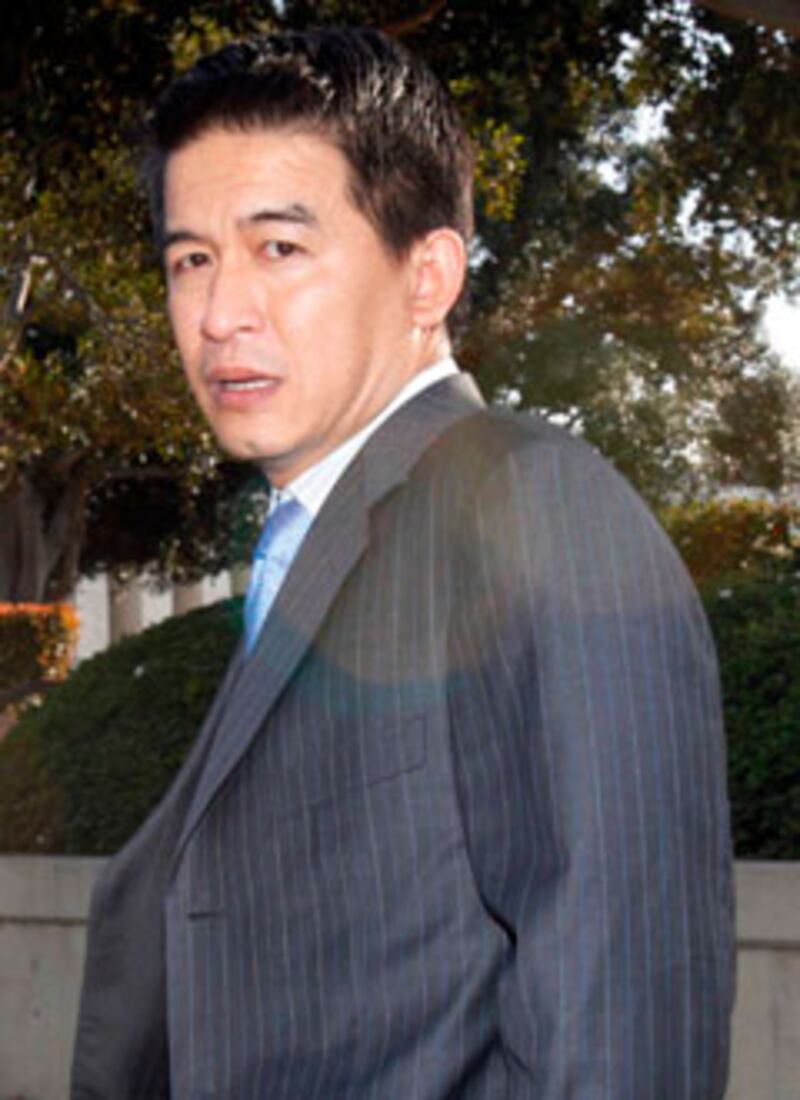
The Securities and Exchange Commission filed suit against high-flying financier Danny Pang two weeks after The Wall Street Journal revealed that he lied about his background and had told an executive his business was part Ponzi scheme. Pang did not have the MBA from University of California at Irvine, as he claimed; he’d only attended one summer semester. He had never worked for Morgan Stanley, where he’d claimed to have been a senior vice president. Pang’s wife had been murdered in their home in 1997, and a Pang acquaintance was tried for the crime—a trial that resulted in a hung jury. Defense lawyers revealed the FBI suspected Pang had Taiwanese mob ties. Last April, Pang was charged with illegally structuring cash transactions to avoid reporting requirements, to which he pleaded not guilty. A judge froze his assets. Pang’s Private Equity Management Group Inc. was described as his “personal piggy bank” by a court-appointed receiver. Five months later, Pang was found near his home, dead from a prescription-drug overdose.
The New York Times and The New Yorker Face the NFL Head-On
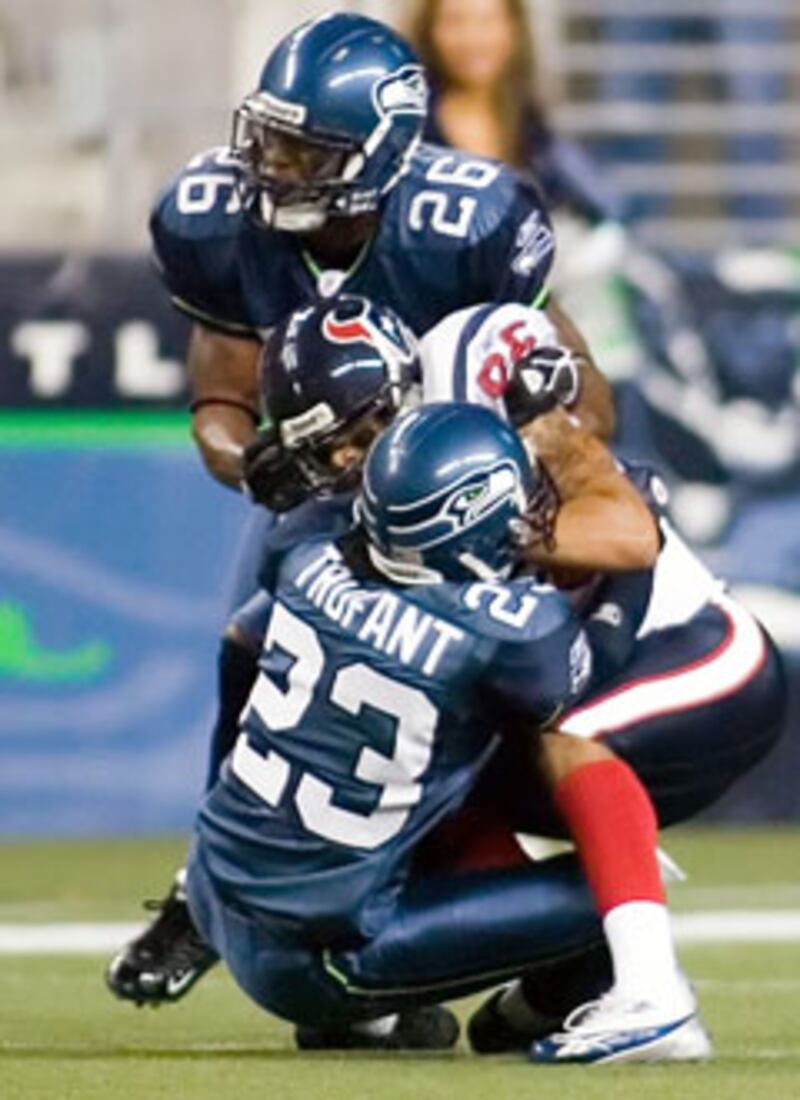
Talk about a game change: A series of bombshell articles from The New York Times and The New Yorker may change the way football is played in the U.S. In September, the Times published the results of an NFL-commissioned study that found former players 19 times more prone to develop Alzheimer's disease and cognitive problems than the average person. Much like boxers, football players often suffer countless concussions that might result in chronic traumatic encephalopathy, which Malcolm Gladwell meticulously explained in a New Yorker piece a month after the first Times story hit. Since the first articles, the NFL has instituted extra precautions for players suffering from head injuries, though the organization has maintained its position that the sport has no inherent risk.






